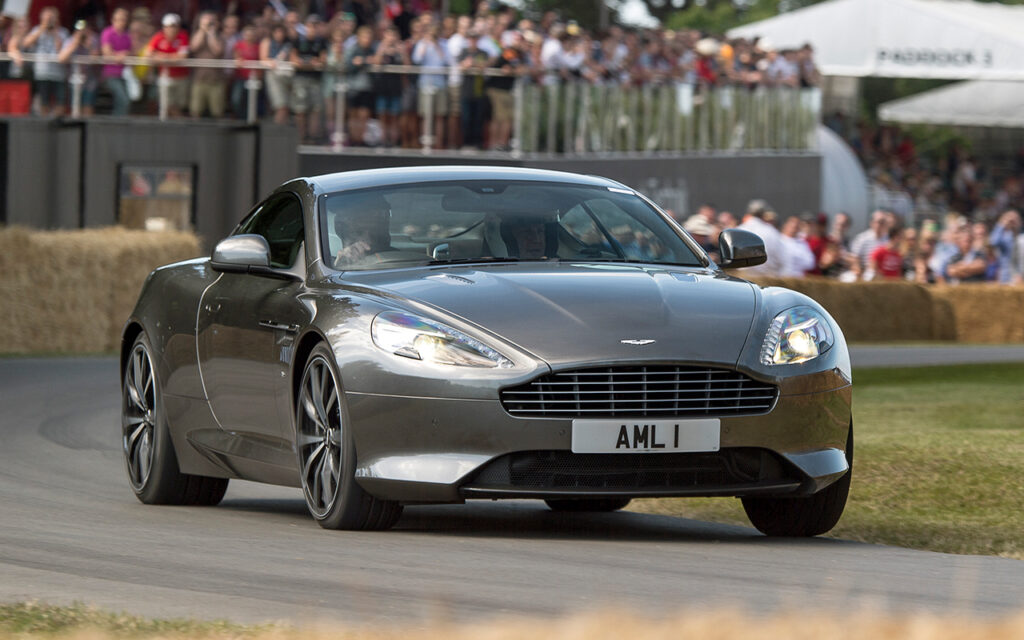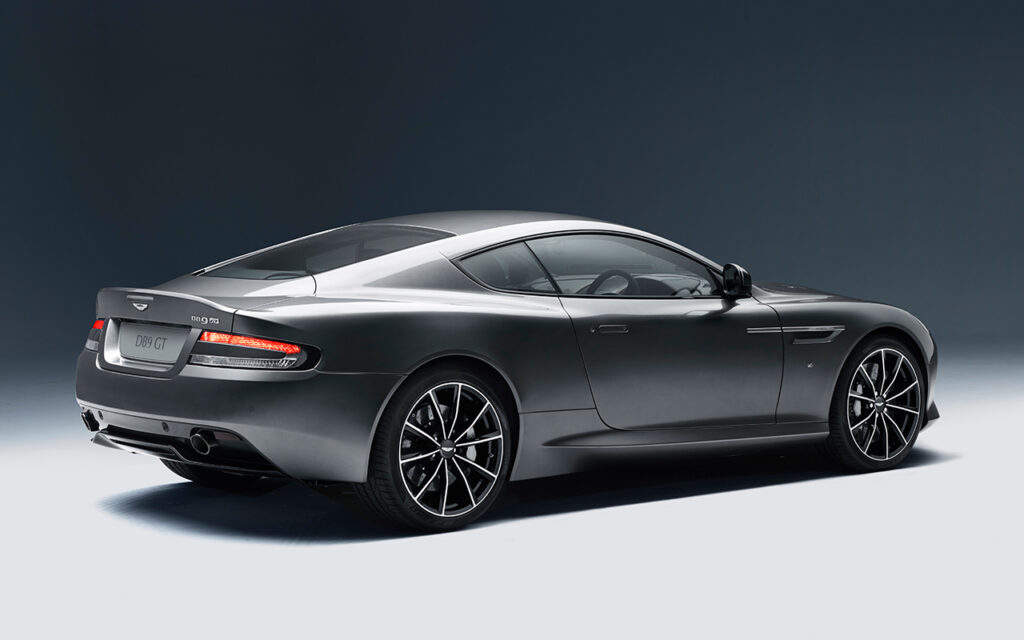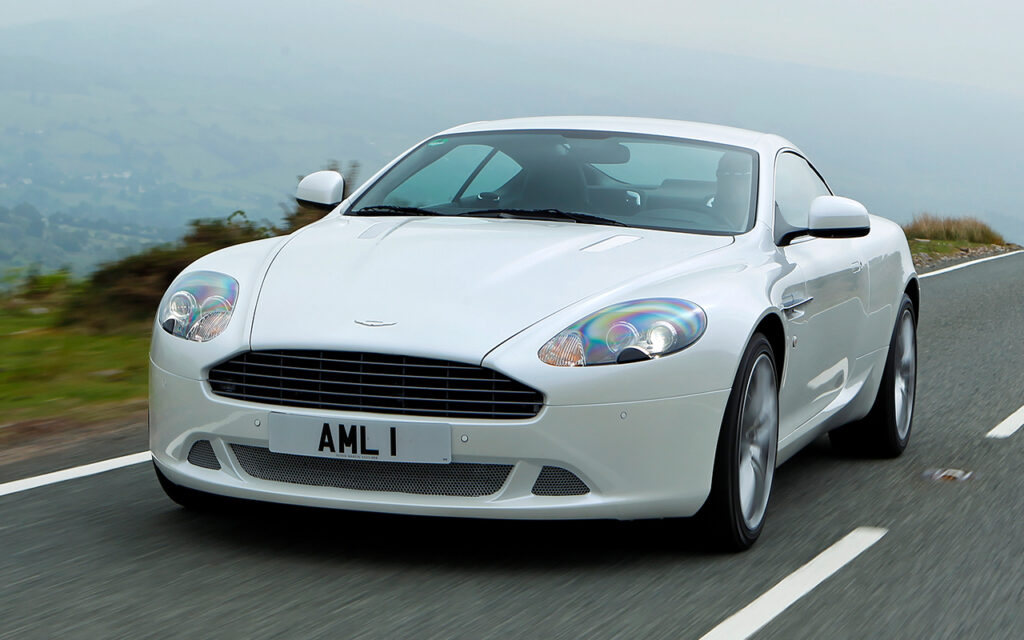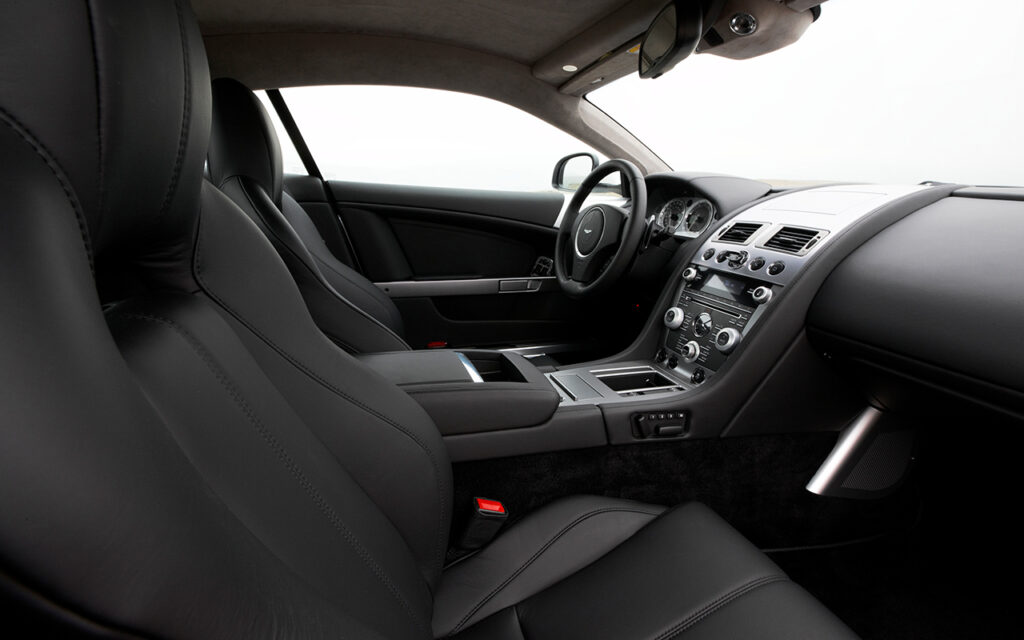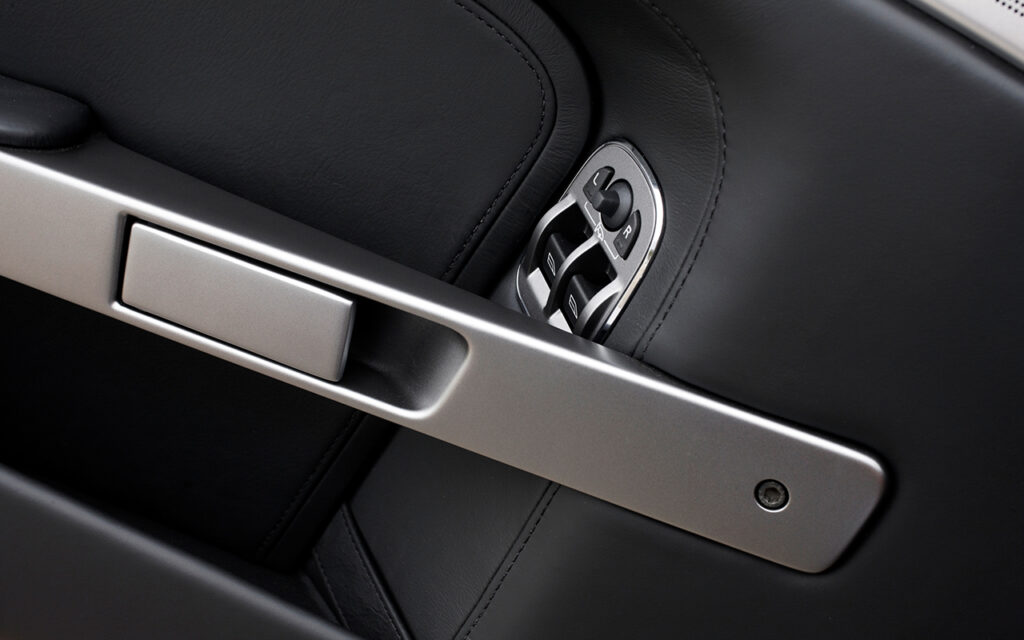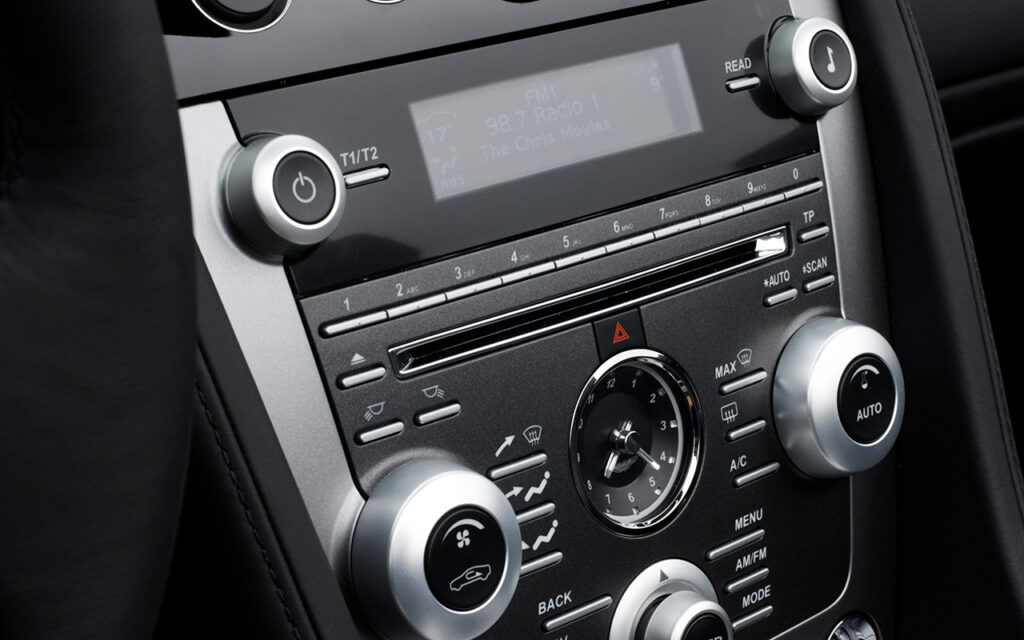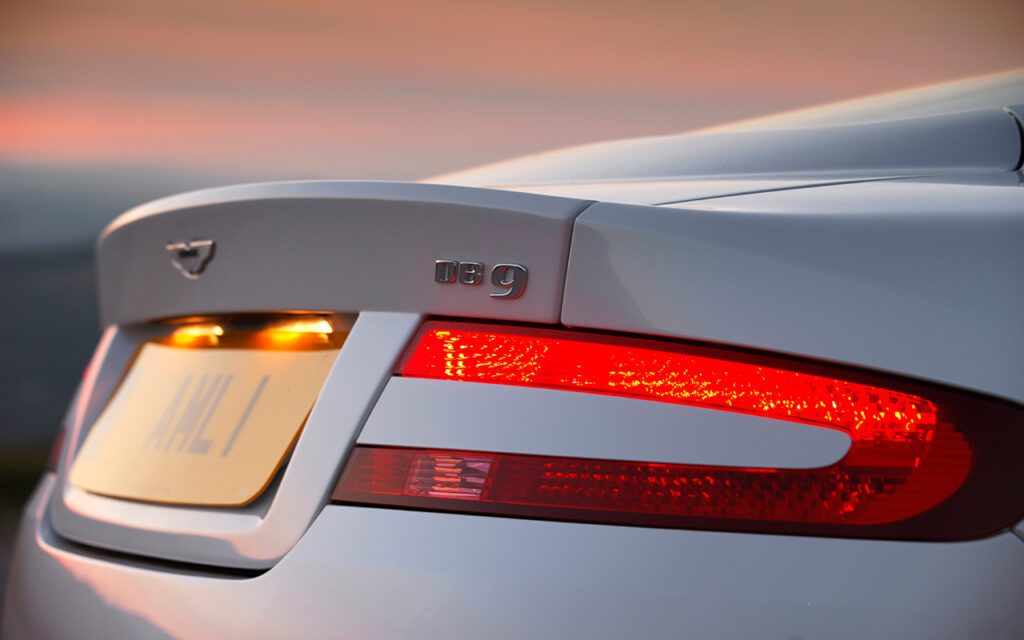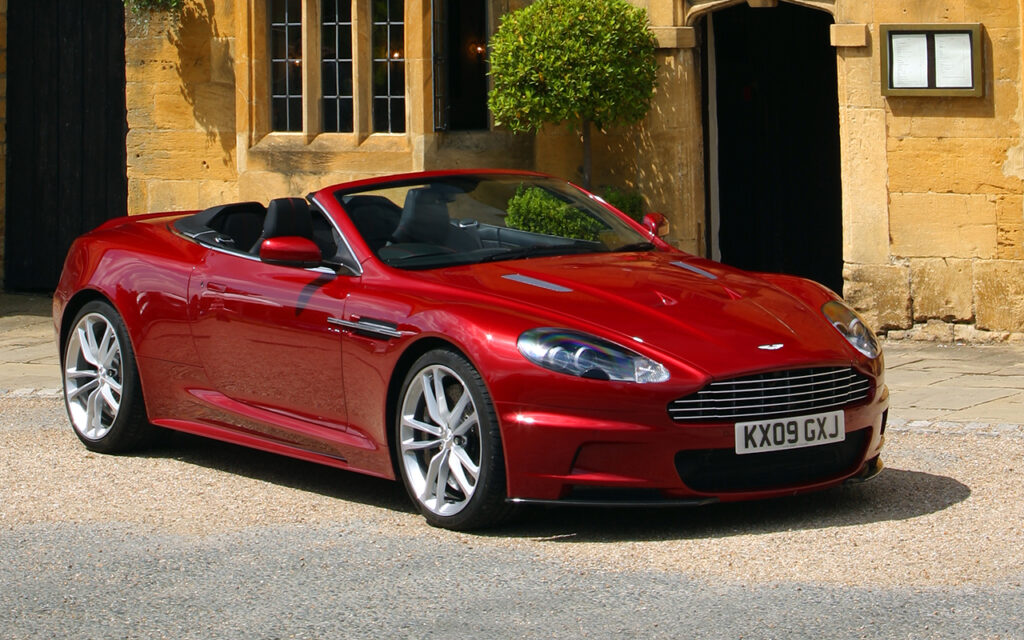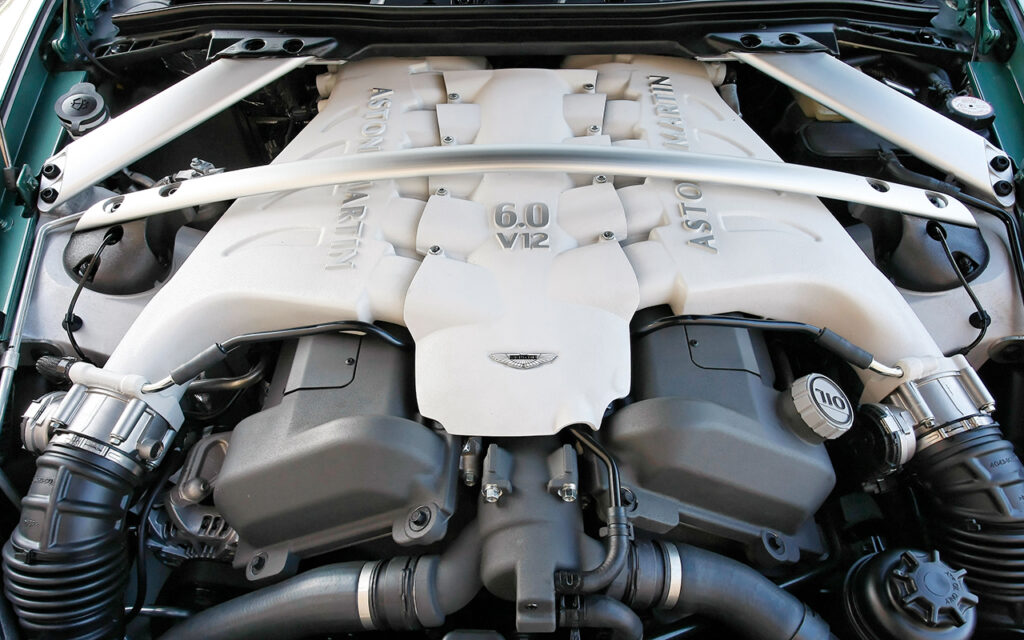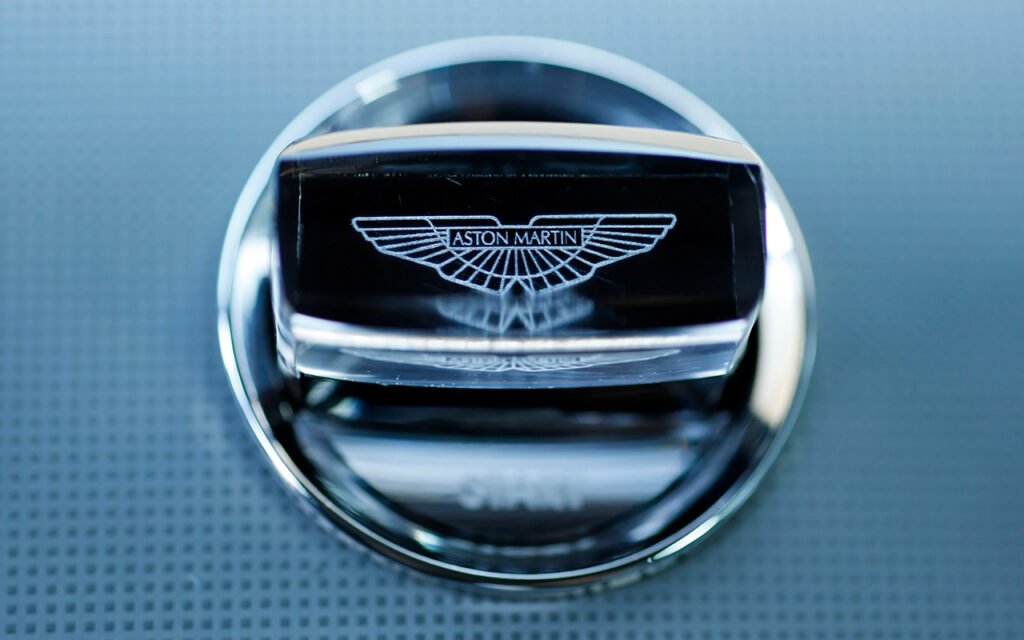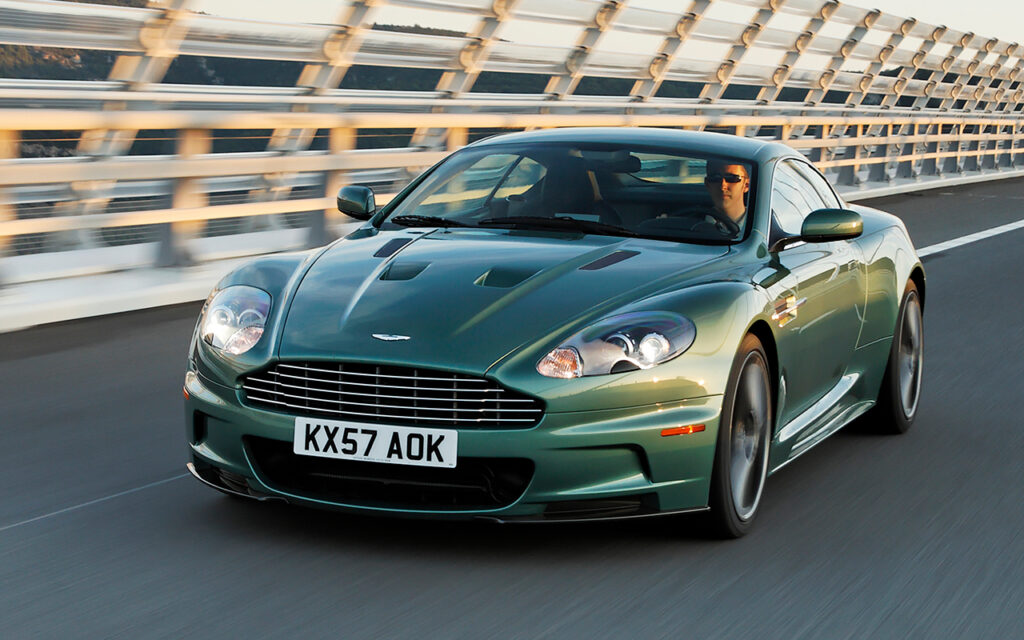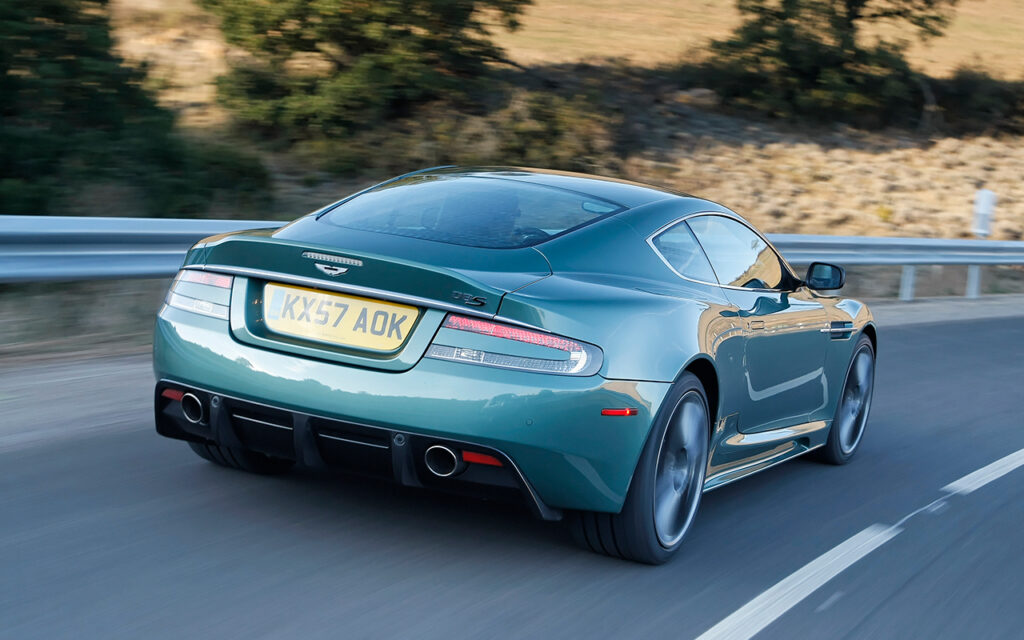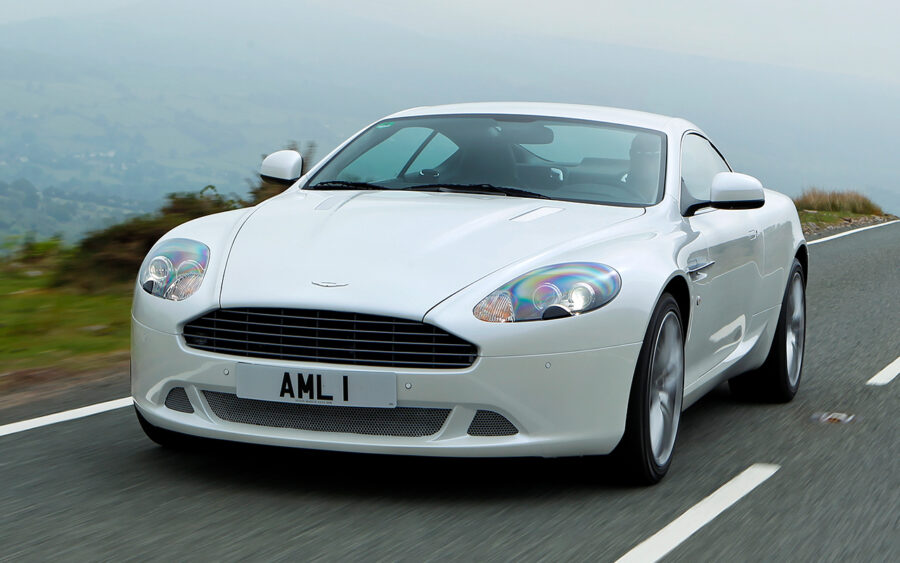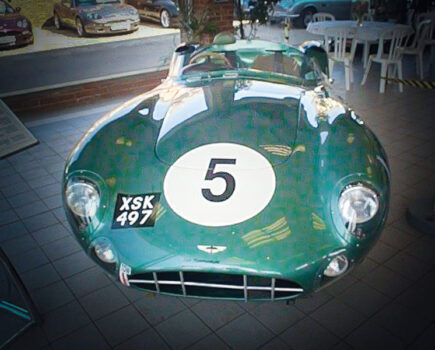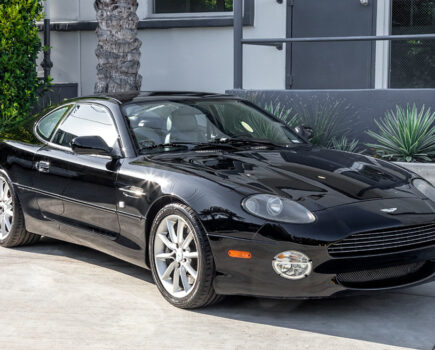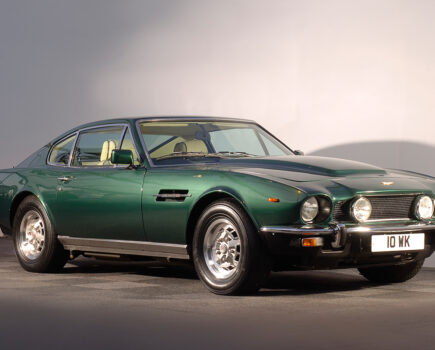Goodbye DB7, hello Aston Martin DB9; bearing witness to a new platform, a new legacy, and a new production base for the marque
Words: Jon Burgess
It is better to think of the DB9 as the first from a new platform; that it helped revive the moribund Lagonda marque and appeared in a rebooted James Bond film (in DBS guise) are products of a new legacy that Aston’s new ‘vertical-horizontal’ (VH) structure helped create.
The DB9 saw much change at Aston Martin – as production began on the DB9 in its new headquarters in Gaydon, Warwickshire, it laid two other chassis designs to rest. Three years earlier in 2000, as the firm moved into its third facility, the last V8 Vantage Le Mans cars left Newport Pagnell; the historic site would continue to produce cars until 2007. The Virage-derived Vantage Le Mans models were the very last of a historic line of cars that could trace their chassis back to that of Harold Beach’s 1974 Aston Martin Lagonda.
In Oxfordshire, the final semi-monocoque shelled DB7 Zagato and American Roadster 1 models were leaving final assembly in Bloxham; the new plant at Gaydon got its first job painting the last of these Project XX cars. Soon after, the DB9 – its direct replacement – would be rolling off the line in 2004.
Unlike the outgoing models, which relied on two disparate methods (and works) for their construction, the VH platform could be anything Aston Martin desired; through consequent generations, it could be scaled up (for the larger Virage, Vanquish, Rapide and Lagonda Taraf) or reduced in size if smaller models (the V8 Vantage, V12, S and DB10) required it.
VH comprised extruded and stamped aluminium parts, brought together with structural adhesives and self-piercing rivets. The DB9’s windscreen surround used an aluminium casting; the aluminium roof and rear wings were bonded, with the boot lid and front wings made of composite and the bonnet completing the aluminium panel list. The metal also went into castings for the subframes, wishbones and damper bodies. Aston set several technological precedents with VH; the end result was a car that was considerably lighter than its rivals.
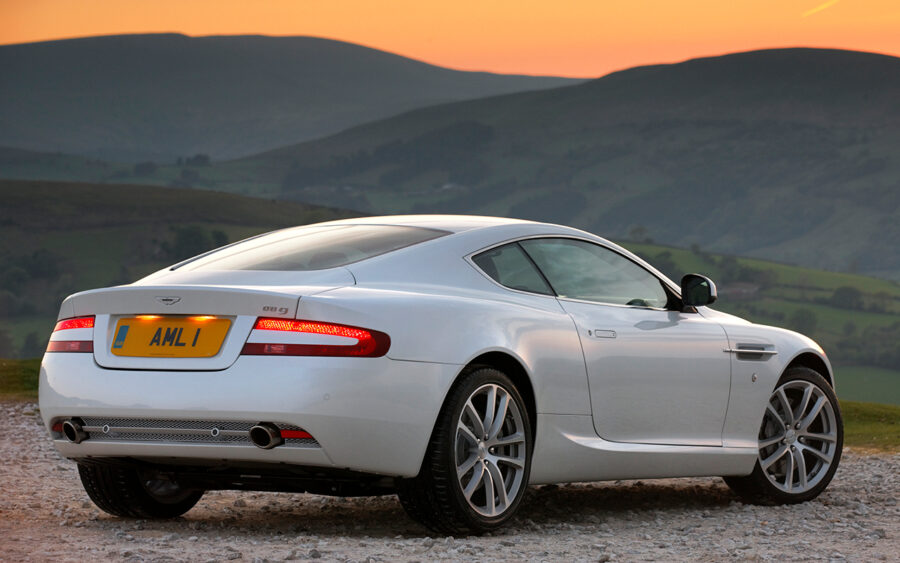
Still ensconced in Ford’s Premier Automotive Group, Aston had access to all of Ford’s testing facilities, including its aerodynamic rigs and crash testing venues.
Ian Callum and Henrik Fisker continued the styling themes established by the DB7, while retaining other styling elements established in previous DB Astons, like the DB4’s wing ‘letter boxes.’ The DB7’s 5.9-litre Cosworth V12 was retained but reworked for more torque: power-wise it now peaked at 450bhp. Unlike the tech-fest Vanquish, whose Magneti-Marelli paddle-change gearbox divided opinion, DB9’s gearbox options – driven by transaxle – were conventional: either a six-speed ZF (Touchtronic) automatic or six-speed Graziano manual could be selected. 2004 saw the announcement of the Volante, which retained a cloth folding hood when other manufacturers like Mercedes-Benz were selling cars with folding metal hard tops.
VH’s versatility was demonstrated in 2006 when the five-door Rapide concept debuted at the Detroit Motor Show – and the Sports Pack sharpened the basic DB9 via suspension and wheel tweaks, should the customer specify it during purchase or afterword at Aston Martin Works.
2007 saw styling tweaks, better electrics and the 510bhp DBS, a stiffer, sharper and reprofiled replacement for the Vanquish. Wider, lower and lighter than a standard DB9, the carbon-braked and adaptive-damper equipped DBS not only revived a historic nameplate but once again appeared with James Bond behind the wheel in Casino Royale, as Daniel Craig succeeded Pierce Brosnan and the Vanquish of Die Another Day. As far as the DB9 was concerned, it was the first time the VH platform had moved on; Generation II underpinned the DBS and, modified, the DB10 of Spectre, aside from its widespread adoption for the smaller V8 Vantage and its variants.
More tweaks in 2009 stiffened the DB9 further; power rose to 470bhp for a year and a Premium Sports Pack, using the DBS’s adaptive dampers, could be specified as an option before cars were fitted with the parts as standard. The previous year saw a revised version of ZF’s Touchtronic gearbox take a bow; the six-speed Touchtronic 2 became the standard self-shifter for the DB9 and its derivatives from then on.
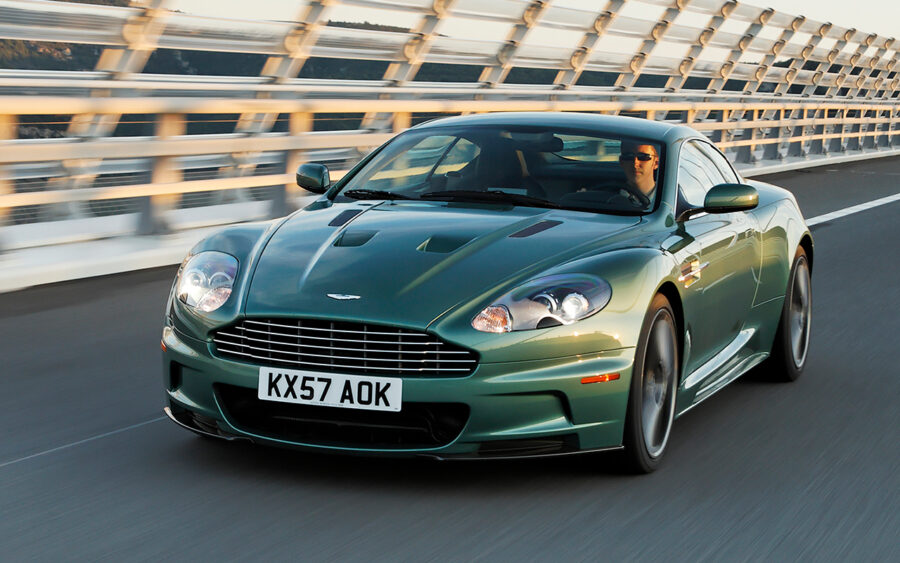
2010 had the first iteration of the VH Generation IV base take a bow: stretched and stiffened, with a hatchback rear, it carried the five-door Rapide, Rapide S, E, and AMR, reviving a dead nameplate that buyers had last seen on David Brown’s 1961–1964 saloon folly. With 470bhp from its 5.9-litre V12, the Rapide was also produced outside the UK; previous Astons had had their bodywork sent to Italy, but the Rapide came together in Graz, Austria as part of Magna Steyr’s production base.
Morning Frost, Carbon Black and Quantum Silver special editions in fixed-head coupé and Volante form ran production of the VH Generation I DB9s down in the same year; for 2011, a revised DB9 and DB9 Volante moved to VH Generation III and took over the nameplate. Referred to as VH300 within Aston Martin, it ran until 2016 when the DB11 was ready to take over. Joining the uprated DB9 was a new Virage and Virage Volante, a restyled car meant to sit between the DB9 and DBS, its 490bhp output exactly in the middle of the range.
Another VH Generation III car arrived in 2012: the second-generation Vanquish (VH310), previewed as a concept car at that year’s Concorso d’Eleganza Villa d’Este. Stylistically it blended elements of the Rapide, Virage, and One-77 hypercar, with an integrated hoop spoiler and an interior inspired the latter. Volante, S and Zagato variants followed, comprising the Zagato Volante, Zagato Speedster and Zagato Roadster.
The final bow for the VH structure, in Generation IV form, was the limited-run, four-door Lagonda Taraf saloon of 2015; 120 examples were produced, priced at $1million each. The Rapide (VH Generation II) outlived it, surviving until 2020, but the carbon-fibre reinforced, plastic-panelled Taraf, intended for Middle Eastern customers, revived the Lagonda badge for the ninth time in a post-war marketplace; it had last been seen in concept form on the Lagonda Concept SUV of 2009. The Taraf, penned by DBS, Rapide and 2012 Vanquish designer Marek Reichman, paid tribute to the Towns-designed Lagonda saloon in profile.
While overseen by former CEO, Dr Ulrich Bez, it was his 2013–2020 successor, Dr Andy Palmer, who pushed the VH structure to consummation. The DB9 alone sold more than 14,000 units across its two platform generations; while the latter variant of the car did not generate the funds the firm desperately needed, the former set a new tone for Aston Martin and its aggressive market aspirations.
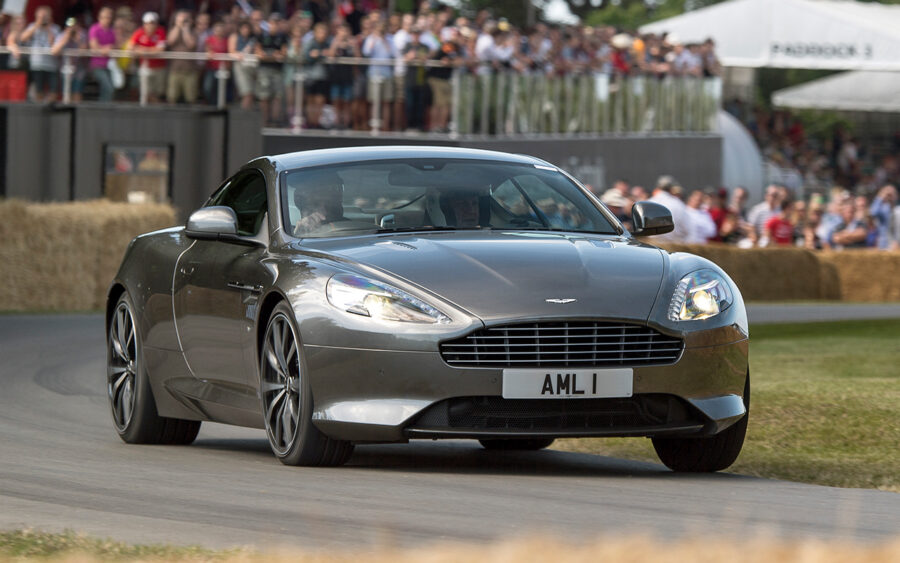
Aston Martin DB9 timeline
2003
DB9, successor to DB7, announced at Frankfurt Motor Show. First use of extruded, pressed and bonded aluminium VH platform.
2004
DB9 FHC and Volante go on sale, with manual and automatic (Touchtronic) gearbox options.
2006
Five-door, Rapide concept debuts, previewing VH Generation IV platform. 510bhp performance-oriented DBS appears with new Bond, Daniel Craig, in November’s Casino Royale. Keys replaced with ‘Emotion Control Units’; eventually filters on to rest of range, including the V8 Vantage.
2007
DBS officially announced; iterative updates for DB9.
2009
Further tweaks to DB9; power up to 470bhp.
2010
Rapide debuts; more revisions to DB9 with DBS adaptive dampers now standard. Triple bill of special editions in FHC and Volante guises run VH Generation I production down.
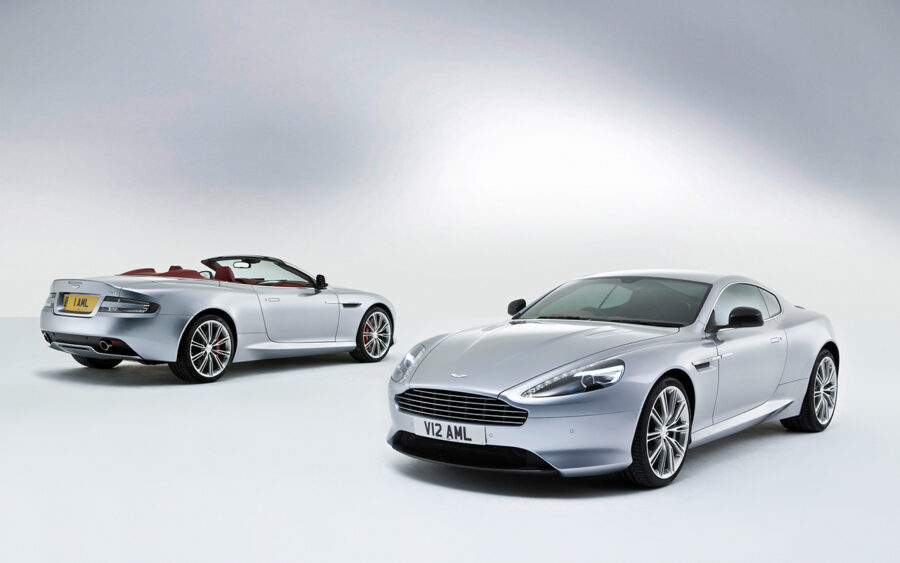
2011
DB9 (VH300), now on VH Generation III platform, arrives in FHC and Volante form. Mid-tier Virage and Virage Volante go on sale.
2012
Second-generation Vanquish, another VH Generation III car inspired by Carbon Platform One-77 hypercar, made available. Volante, S and Zagato variants follow. Virage (2011) production ends.
2013
One-off Rapide Bertone Jet 2+2 revealed at Geneva Motor Show.
2015
Four-door Lagonda Taraf announced, 120 built.
2016
DB9 production ends, replaced by new platform DB11. Taraf production concludes.
2018
Vanquish goes out of production, drawing VH Generation III to a close.
2020
Rapide production concludes; production of VH Generation IV cars ends.
